|
The late New York Times journalist David Carr used the term Present Future to describe the state of journalism in the 21st century, where the present proliferation of news feeds that cater to a multitude of readers at this moment does not necessarily lead to a definitive, clear idea of what journalism will become in the future. Nonetheless, the future is slowly being shaped by these current developments and one should not shy away from them or be overly nostalgic with the past. Perhaps one can say the same for the future of architectural education and the practice of architecture? It is often convenient and easy to project a future scenario that celebrates technology (usually) and how it will herald a radical shift in the conceptualization, design, making and habitation of architectural spaces. However, we are also living in the present while making these projections; going through the daily mundane but necessary rituals that sustain our everyday life. The body we carry with us still retains the memories of thousands of years of evolution despite their continuing tempering by new technologies. Cultural background too, influences our disposition towards new ideas and discoveries, which affects how fast the future becomes the present. By retaining the present with the future is a wise and prudent step in our desire to discover what lies beyond the horizon.
A wonderful sight on the way to work! A street vendor selling fresh fruits on the sidewalk. Summer is here, finally.
This article in the Guardian newspaper made me think about how policy makers and architects (architectural educators too) still believe in the myth of the iconic architectural object as the economic salvation of a city but instead creates greater social inequalities. My Next Helsinki proposal was a counterpoint to this tired model of development.
"Such a myopic approach is a sign of our times: we want big projects that can be “unveiled” to spectators at a specific point in time. In reality, a more modest, piecemeal approach is often better both for the environment and for the socio-economic composition of large cities. Ideally, smaller-scale projects would be implemented in neighbourhoods across urban areas simultaneously." http://www.theguardian.com/cities/2015/may/06/dangers-ecogentrification-best-way-make-city-greener A public lecture by a visiting architect was momentarily paused when a notice warning her that her laptop was running out of power popped out (twice) at the most uncanny moment- along with a picture of President Barack Obama. A picture speaks more than a 1000 words...
Perhaps it was his last day at work or he was fired and had no use for this business wear anymore. Shedding his corporate skin and becoming a human again in the city. |
Archives
August 2023
Categories
All
|
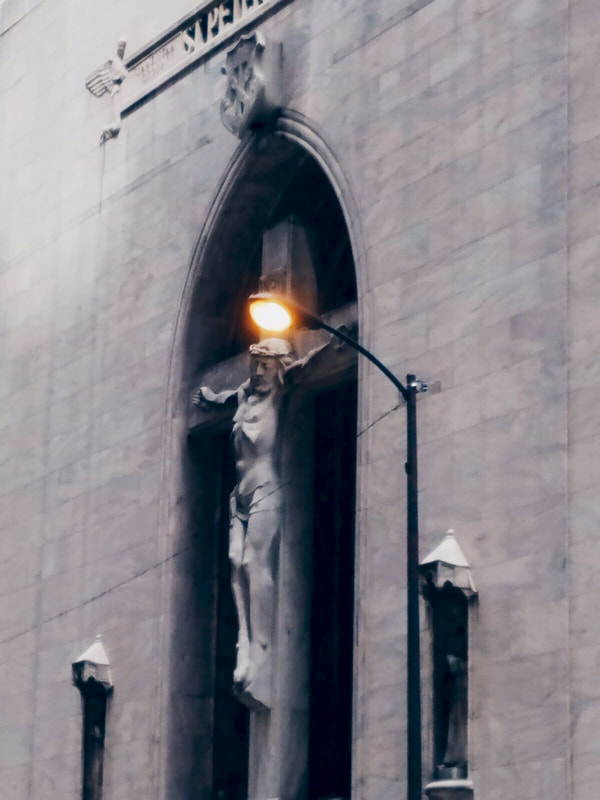

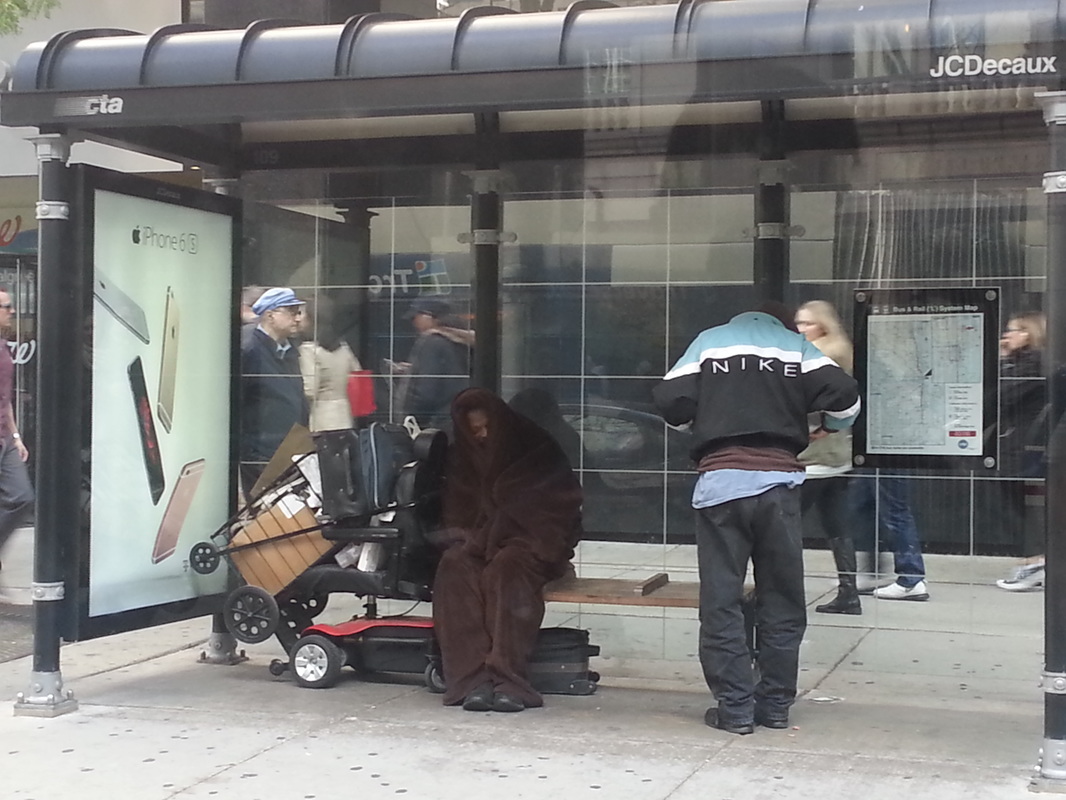
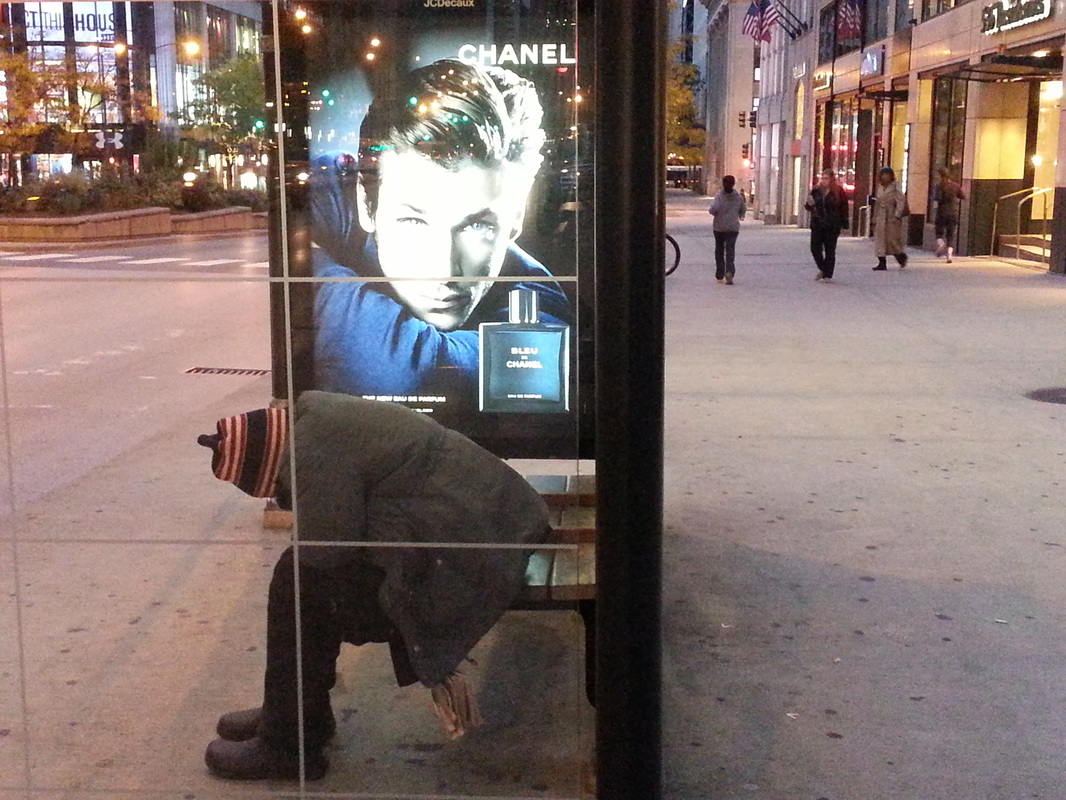
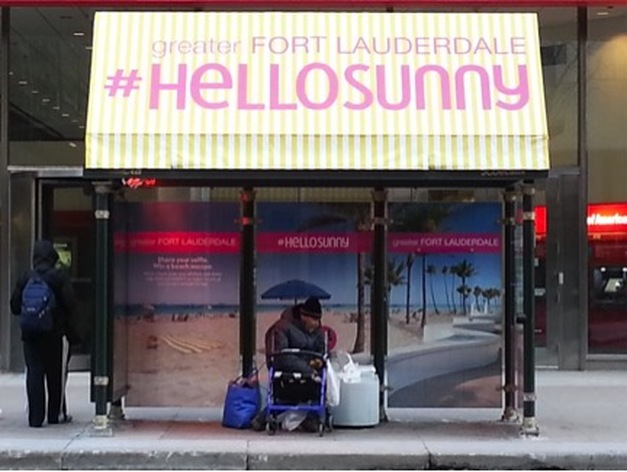
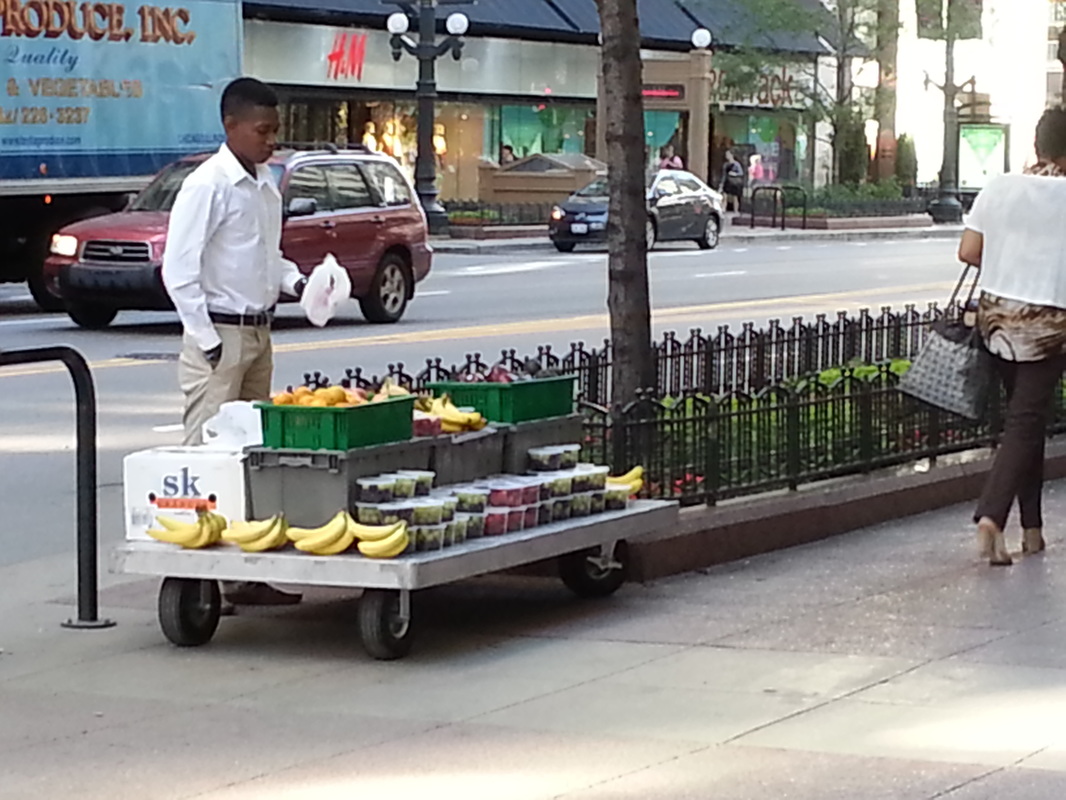


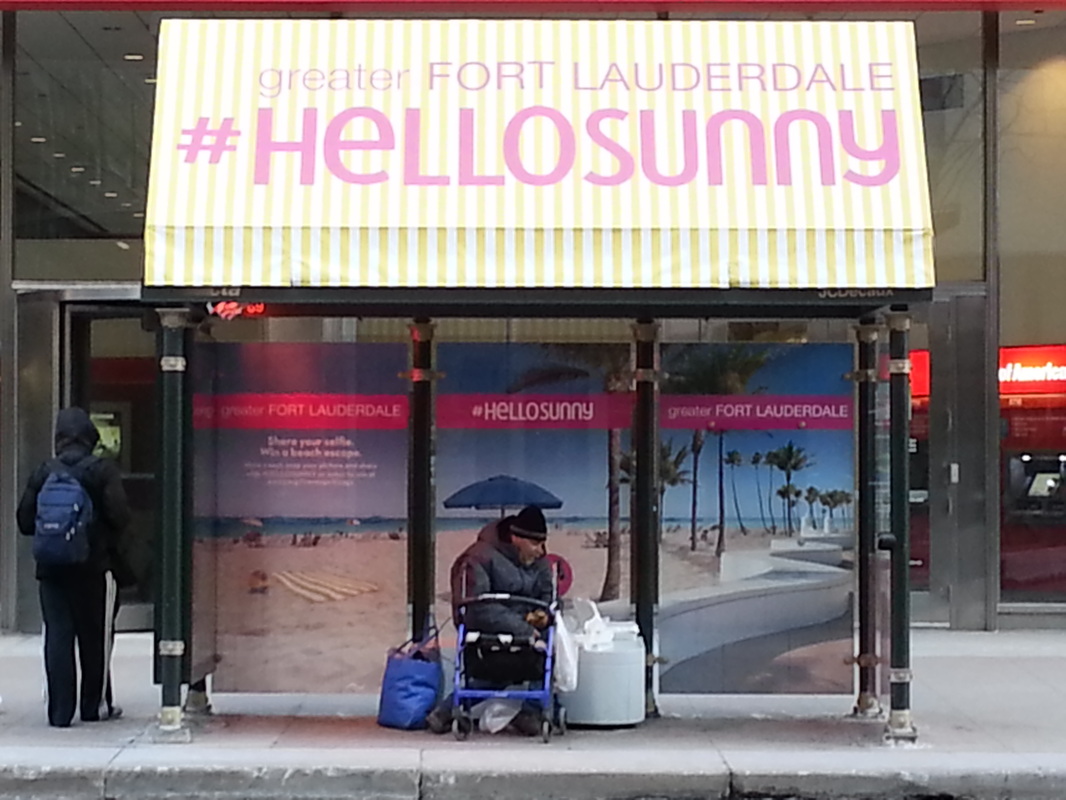
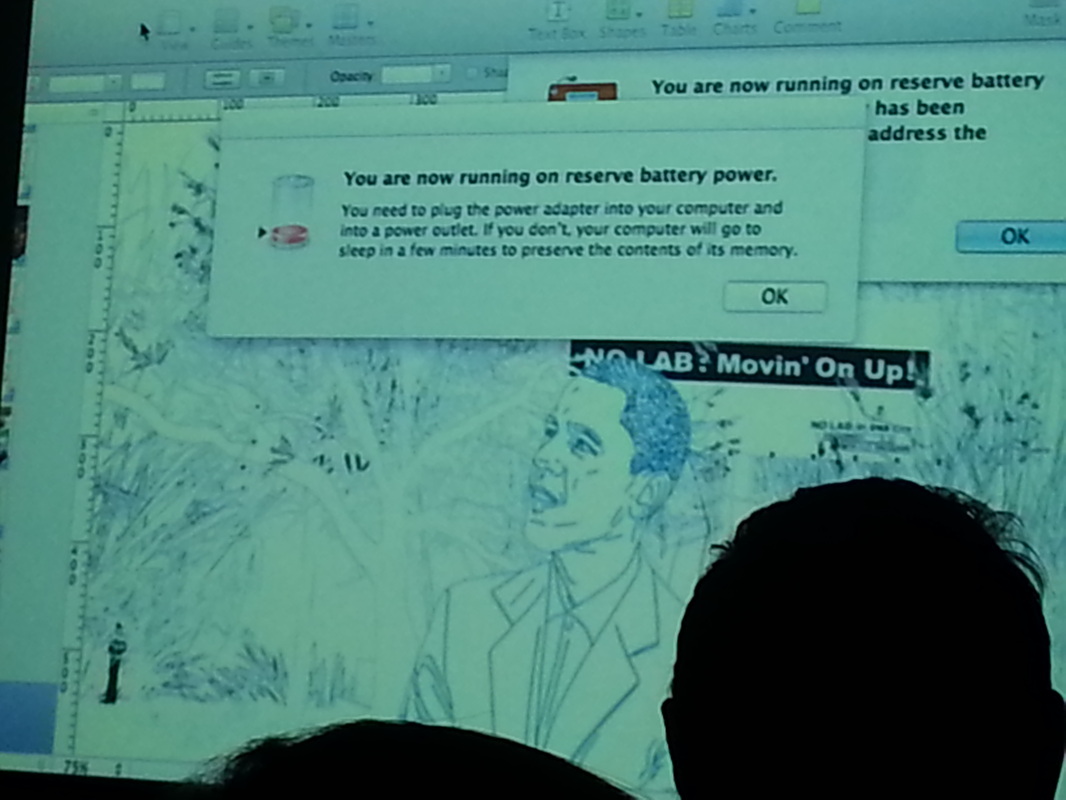
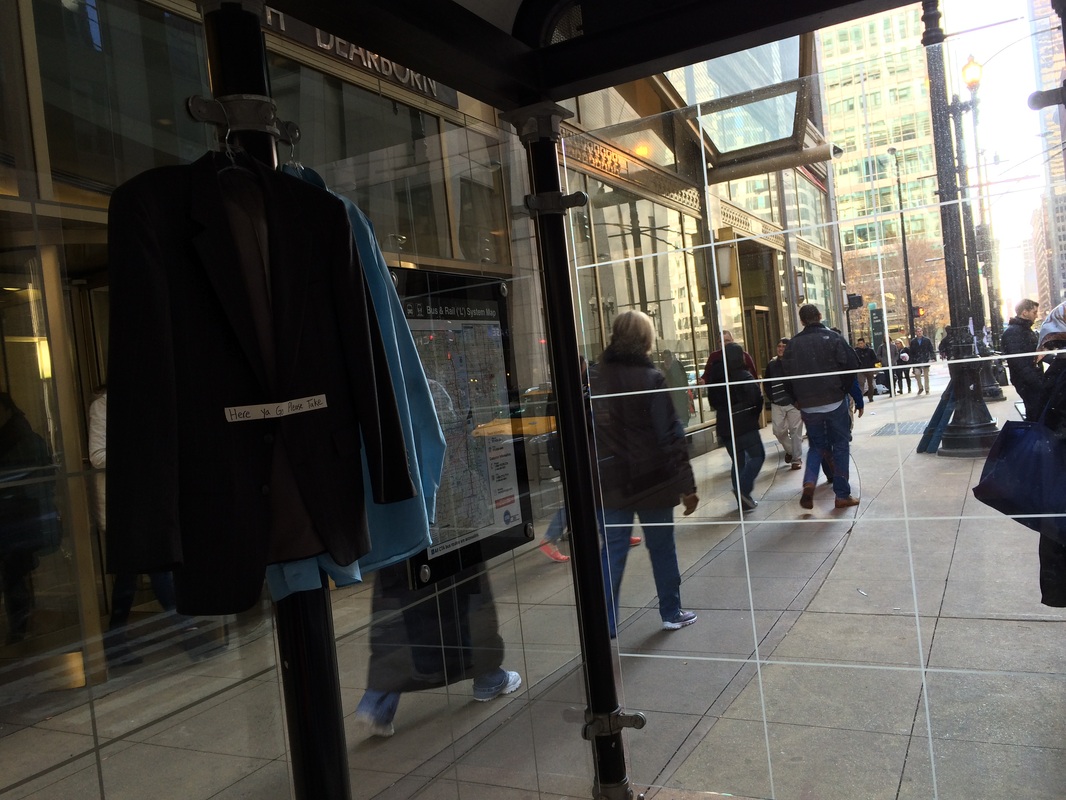
 RSS Feed
RSS Feed
